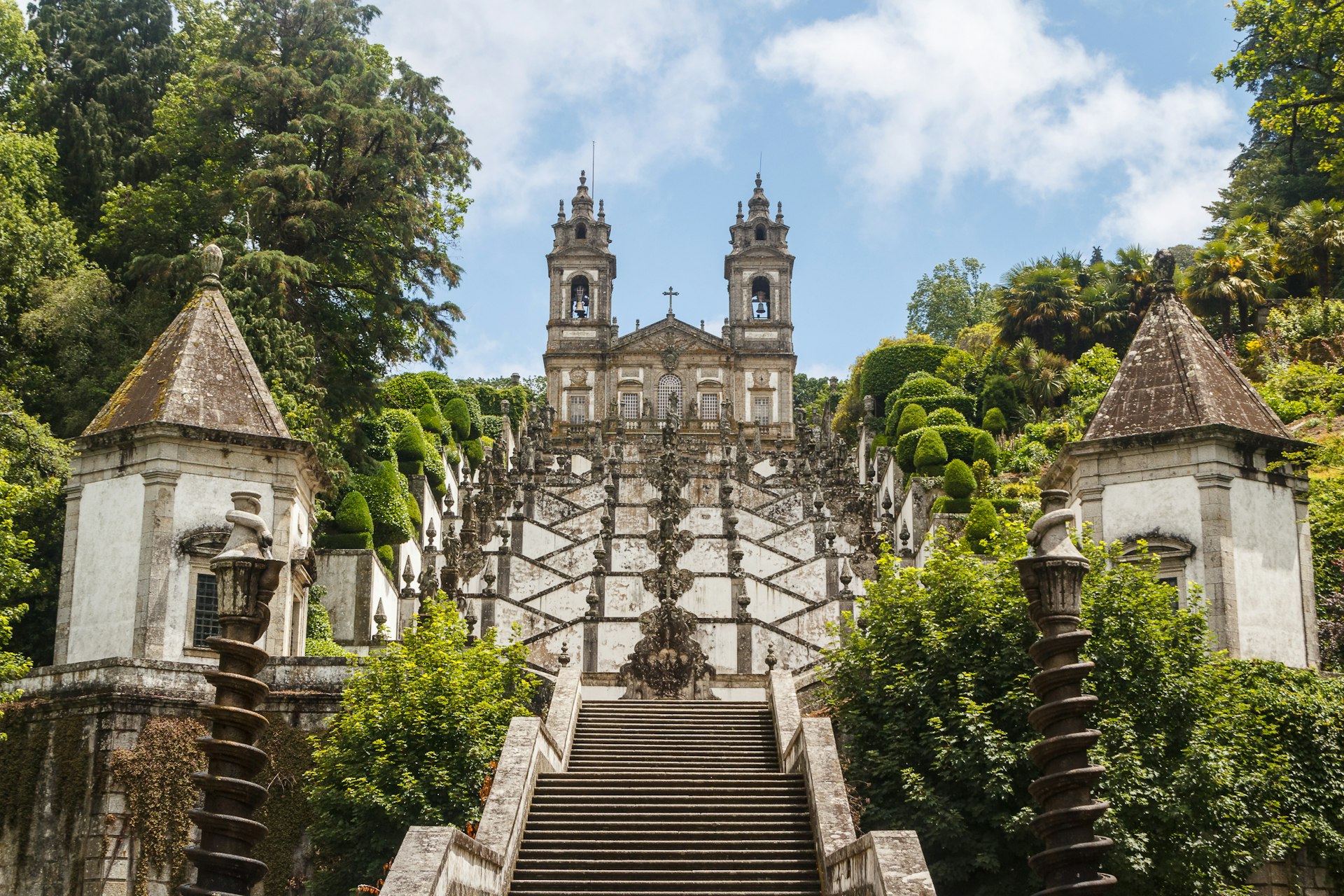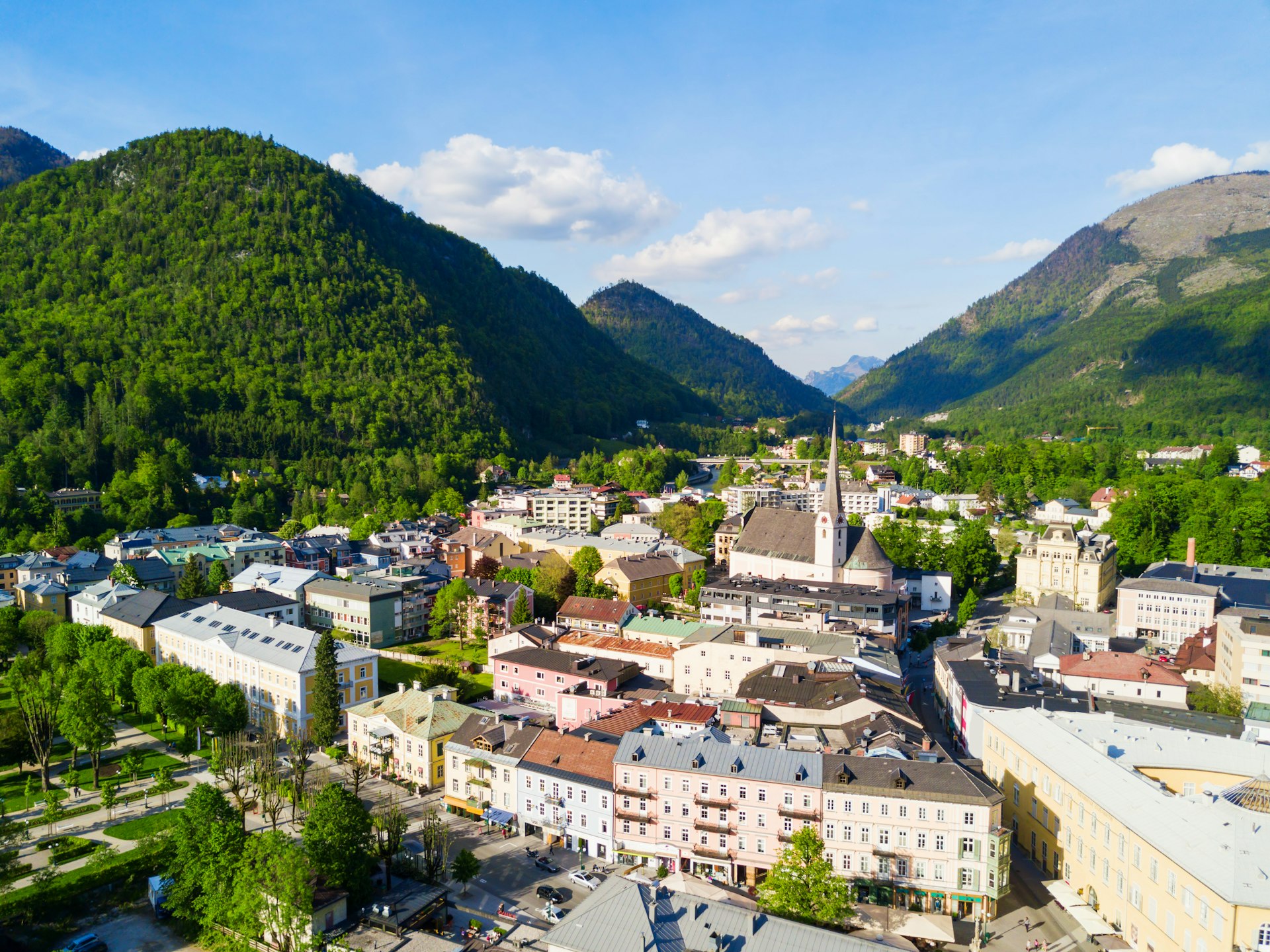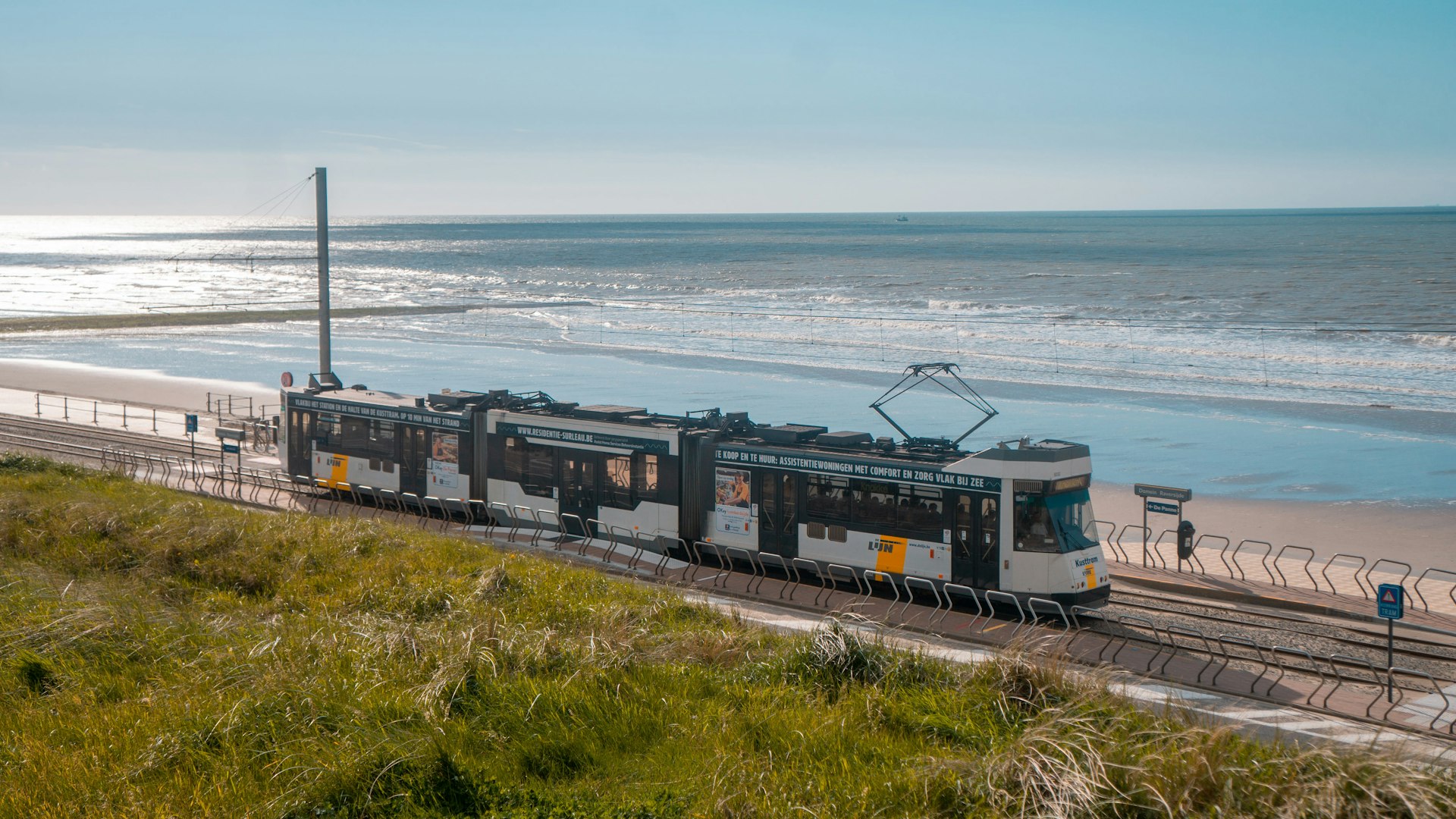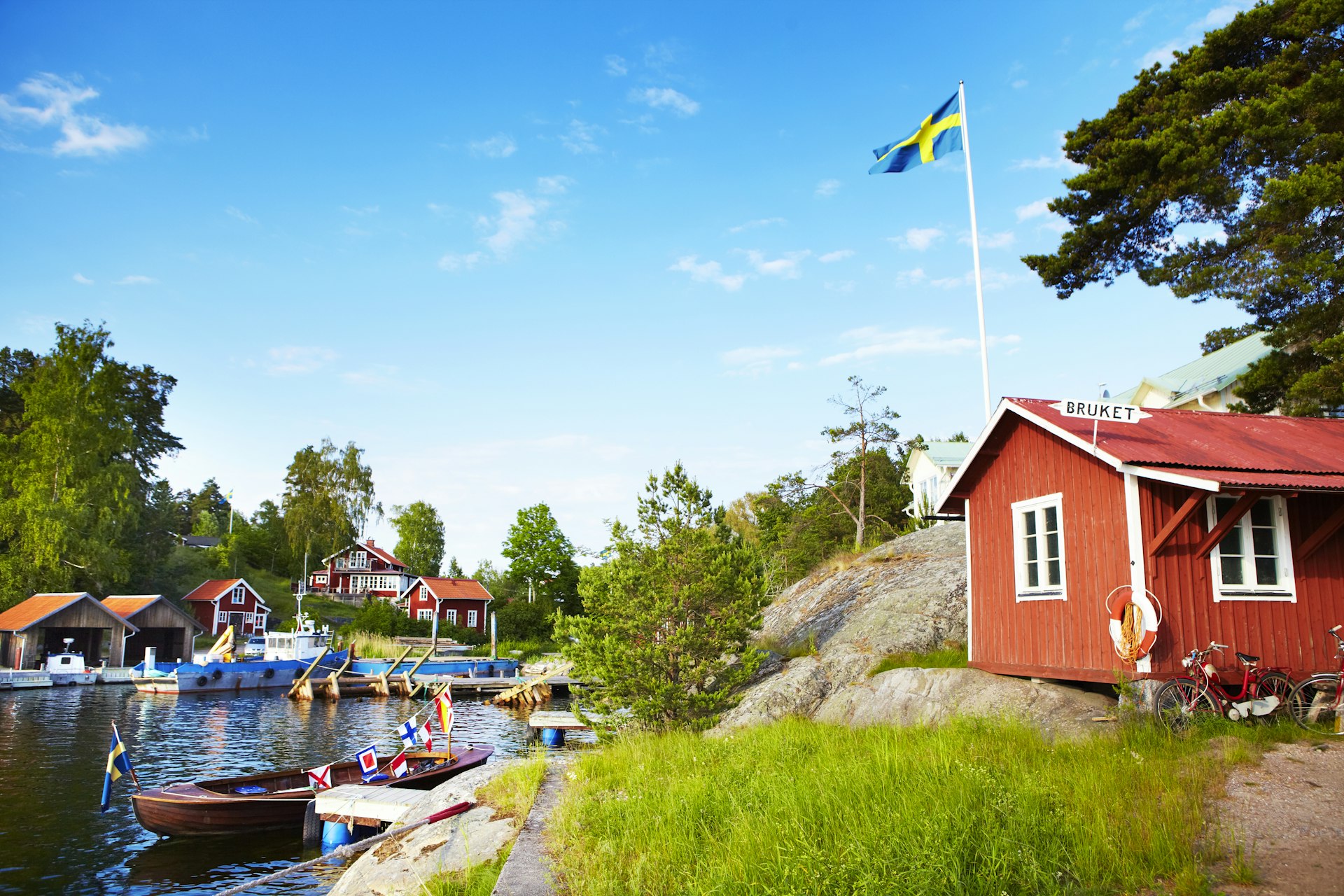Summer in Europe is sublime – but it’s also one of the busiest months on the continent for tourism, which means you’ll be sharing the majesty with plenty of other people.
Luckily, we have some recommendations from our book Where to Go When Europe that will take you away from the crowds and to the many magical corners of the continent. Here are six incredible places to go in Europe in August.
Albanian Riveria
Why now? Sizzle on the sand at lesser-known Ionian Sea swathes.
While not quite the hidden gem that it was at the turn of the millennium when empty beaches and truly bargain prices abounded, Albania’s glorious southern shoreline remains a treat for those in search of sun, sand and seafood. Saranda is now a fully-fledged party town, its esplanade lined with bars. For quieter resorts, head up the coast to Himara, flanked by a scattering of good beaches (try Potami, just to the south). In August, you’re guaranteed sun, balmy water and temperatures nudging 30°C (86°F); unsurprisingly, loungers and beach umbrellas are at a premium but you can still seek out peaceful patches of sand at spots such as Palasa, Borsh, pebbly Bunec and the islands off Ksamil. Or head over to the epic Llogara Pass to Vlora Bay, where you’ll find more resorts and boat trips to isolated beaches at the end of the Karaburuni Peninsula. For a break from sand-lolling, head to the archaeological site of Butrint, where Greek, Roman and Byzantine ruins, some dating back 2500 years, are crammed onto a knobbly headland.
Pelion Peninsula, Greece
Why now? Cool off in balmy waters or traditional hillside villages.
Sure, you could bake on busy beaches on a Greek island. But in sizzling August, head instead for cool Pelion, the gnarled finger curling into the Aegean to tickle the Sporades. There’s a range of coastal resorts, mostly more isolated and peaceful than elsewhere: try Horto or Milina on the sheltered west coast or busier Horefto, Agios Ioannis and cute Damouhari near beautiful Fakistra beach on the east coast. The mountainous interior is packed with natural and cultural appeal – this is where mythical centaurs came to carouse – with ancient cobbled paths linking traditional villages where you can admire church frescoes, sip grape-based, rakı-like tsipouro in the shade of venerable plane trees, and savor local specialties such as spetsofaï (pork-sausage stew), fasoladha (butter bean soup) and lamb in lemon sauce. Up here, the air’s a good few degrees lower than on the coast, and in summer you can board the narrow-gauge train that chugs from Ano Lechonia to Milies, running daily in July and August.

Minho, Portugal
Why now? Tuck into the tasty green heart of old Portugal.
Where do the Portuguese holiday at home? Those in the know savor staycations in the birthplace of the kingdom: the northerly Minho region, a land of verdant hills, traditional culture and fabulous flavors. The Minho is noted for its vinho verde, literally “green wine,” released just a few months after harvest. As well as those fruity drops (Loureiro and Alvarinho are our picks), the cuisine is delectable, too – the Minho was designated as a European Region of Gastronomy in 2016. There are plenty of local specialties. In Ponte de Lima, Portugal’s oldest town, find a restaurant overlooking the Roman bridge and savor arroz de sarrabulho – rice cooked in pig’s blood and studded with various pork morsels (tastier than it sounds) – and caldo verde, a hearty kale soup. Monkfish, sea bass and bream are fish favorites, along with bacalhau – salt cod, a staple throughout the country. Work up an appetite strolling historic towns such as Braga, Guimarães and Viana do Castelo, where magnificently diverse architecture recalls the wealth of adventurous merchants who made their fortunes during the Age of Discovery and in the subsequent colonial era.

Central Austria
Why now? Spa yourself happy amid glorious mountain scenery.
To find wellness in Austria, look for the Bad in everything – at least, in place names: if it starts with Bad, it’s a spa town. A dense cluster of saunas, treatment centers and thermal waters studs a broad swathe of central Austria east and south of Salzburg, most with a suitably uplifting backdrop of Alpine peaks, meadows and valleys. The focus varies subtly from place to place. In Bad Aussee, expect a healthy diet plus outdoor activity, in line with the concepts of Kneipp therapy. The benefits of brine have been promoted in stately Bad Ischl since it received the imperial seal of approval in the mid-19th century. Natural hot springs feed the action at Bad Gastein, with forest bathing and barefoot walking added to the mix in neighboring Bad Hofgastein, which hosts one of Europe’s largest thermal spa complexes. But you won’t want to stay inside during the long, warm days of August: roam the picturesque paths circling the Salzkammergut’s sparkling lakes, pedal mountain-bike trails above Bad Gastein, or take an invigorating dip in an alpine tarn.

Coastal Belgium
Why now? Trundle the world’s longest tram route and taste delectable seafood.
Belgium might not be your obvious go-to destination for a beach break. But with an almost unbroken 70km (44 mile) stretch of white sand fringing the North Sea, perhaps it should be – around the turn of the 20th century, it lured fashionable holidaymakers to its resorts. Today the Belgian coast is studded with attractions – aquariums, theme parks, watersports – all accessible aboard the Kusttram (Coastal Tram). This venerable tram line, established in 1885, is the world’s longest, stretching 67km (42 miles) between De Panne in the west and Knokke-Heist in the east. August, the warmest month, is a great time to ride the rails, with a host of events including a fireworks festival in Knokke- Heist and, at De Haan, a celebration of prawns – these delicious crustaceans are a specialty here. On summer weekends you can ride a vintage tram from the depot at De Panne.

Stockholm Archipelago, Sweden
Why now? Island-hop the coastal capital on long summer days.
Less a city, more a wooded archipelago that happens to host some important buildings, Sweden’s capital is unreasonably attractive – and never more so than in sunny August, when the sun glints on the water and the many parks beckon. Stockholm has enough cultural attractions to pack several days, from the cobbled alleys of Gamla Stan (Old Town) to exceptional contemporary galleries and museums (including open-air Skansen), while the sleek modern shopping district of Nordmalm offers ample welcoming cafés and restaurants for the all-important fika (coffee and cake break). It’s easy to roam the 14 main islands on foot, or by bike or metro, but there are tens of thousands more islets and rocks in the archipelago that are best explored by ferry, on a boat cruise or – better yet – by kayak. Watch for ospreys, beavers and grey seals in various choice spots around the archipelago.

